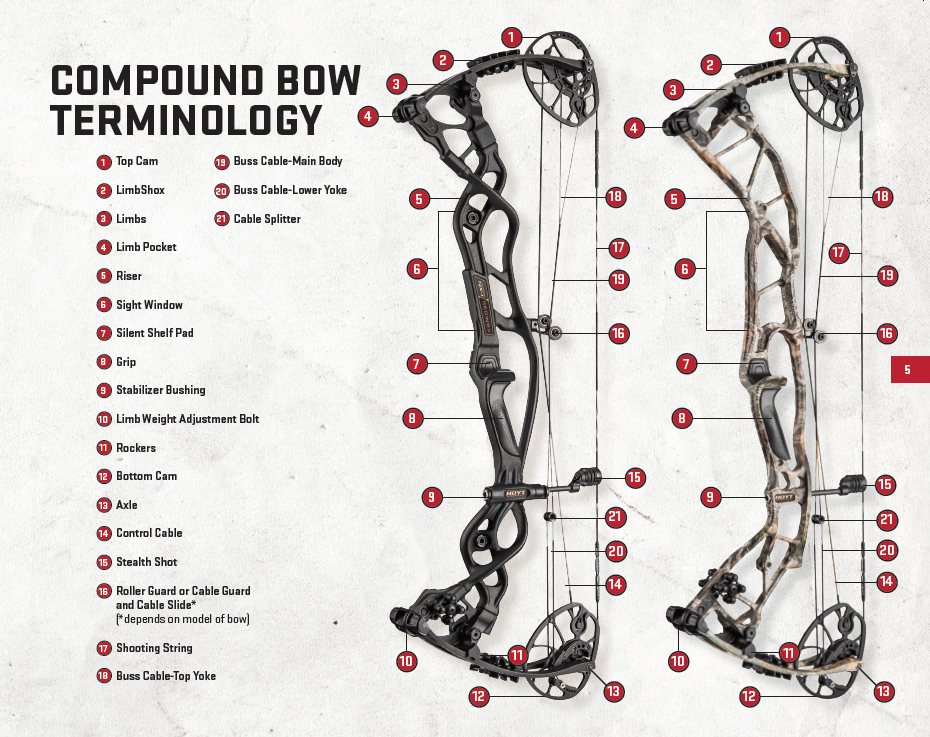Whether you're new to archery or you've been shooting for over 20 years, there's always room for improvement. I feel that most mistakes stem from accumulating bad habits over time, and I speak from experience when I make that statement! I truly believe that going back to the basics of archery can be a great refresher, even for those that might have more experience. It's hard for me not to cringe a little as I watch these videos because I can see where I need help, but I'm grateful for such awesome resources to learn from. Whether you're bringing your first bow home (perhaps you referenced my guide to shopping for your first bow here), or you're knocking the dust off your bow that's been in the closet for the last 10 seasons, I believe the content below will be beneficial. There's a wealth of knowledge out there, but it seems to be spread out making it overwhelming for someone needing help. Now it's all in one place for you to reference with ease.
GENERAL INTRODUCTION VIDEOS
The two videos below go over everything you need to know when getting into archery. I highly recommend watching both videos front to back as an intro, then moving on to the more focused areas as you continue reading.
"Beginning Archery 101 - What You Need to Know" by John Dudley
"Beginning Archery 102 - Learning the Shot" by John Dudley
BREAKDOWN OF SPECIFIC AREAS
STANCE
"Proper Stance" by AccuBow
Reference Video @ 16:45 - "Beginning Archery 101 - What You Need to Know" by John Dudley
BOW GRIP
"Proper Grip" by AccuBow
"How Your Bow Hand Grip Position Affects the Flight of your Arrow" by John Dudley
Reference Video @ 19:00 - "Beginning Archery 101 - What You Need to Know" by John Dudley
DRAWING FORM
"Proper Draw Form" by AccuBow
Reference Video @ 7:30 - "Beginning Archery 102 - Learning the Shot" by John Dudley
ANCHOR POINT
"Compound Bow Anchoring | Bow Life TV" by Levi Morgan
"How to find your Anchoring Position" by AccuBow
"How to Anchor Properly to achieve Maximum Accuracy" by John Dudley
"Anchor Points" by Travis T-Bone Turner
Reference Video @ 26:20 - "Beginning Archery 101 - What You Need to Know" by John Dudley
RELEASE & FOLLOW THROUGH
"Proper Archery Follow Through for Better Accuracy" by John Dudley
"Proper Release Form" by AccuBow
"How to have Proper Follow Through in Archery" by John Dudley
"Blind Bail Shooting" by Travis T-Bone Turner
Reference Video @ 27:00 - "Beginning Archery 102 - Learning the Shot" by John Dudley
COMMON ISSUES & HOW TO CORRECT
TARGET PANIC
"How to Cure Target Panic - Learn what it is and how to fix it" by John Dudley
"Target Panic" by Levi Morgan
"How to Beat Target Panic" by Travis T-Bone Turner
"Blind Bail Shooting" by Travis T-Bone Turner
ANGLE SHOOTING
"Angle Compensation" by Travis T-Bone Turner
"How to Shoot on an Angle" by AccuBow
"Shooting Uphill and Downhill" by Levi Morgan
I intentionally did not include any DIY videos for building your own setup and working on it from home. In my opinion, eliminating a bow shop/technician is taking it to a completely different level, and it's one that I can't knowledgeably speak about from my personal experience. The following topics fall into that DIY category: tying a D-loop, fletching your arrows, adjusting your rest, installing a peep sight, adjusting poundage and draw length, and paper tuning your bow. While I may know how to do many of those items, I don't feel confident that "my way is the most reliable way" and would rather leave the teaching up to someone who's more knowledgeable. As mentioned in my previous blog, I highly recommend visiting a pro shop to have them handle these items when someone first begins archery; therefore, I did not include them in this blog. However, if you are a DIY archer that insists on being your own technician (more power to you), it'd be a good idea to reference John Dudley's entire YouTube channel, which can be found here. He covers all of the above topics and more!





